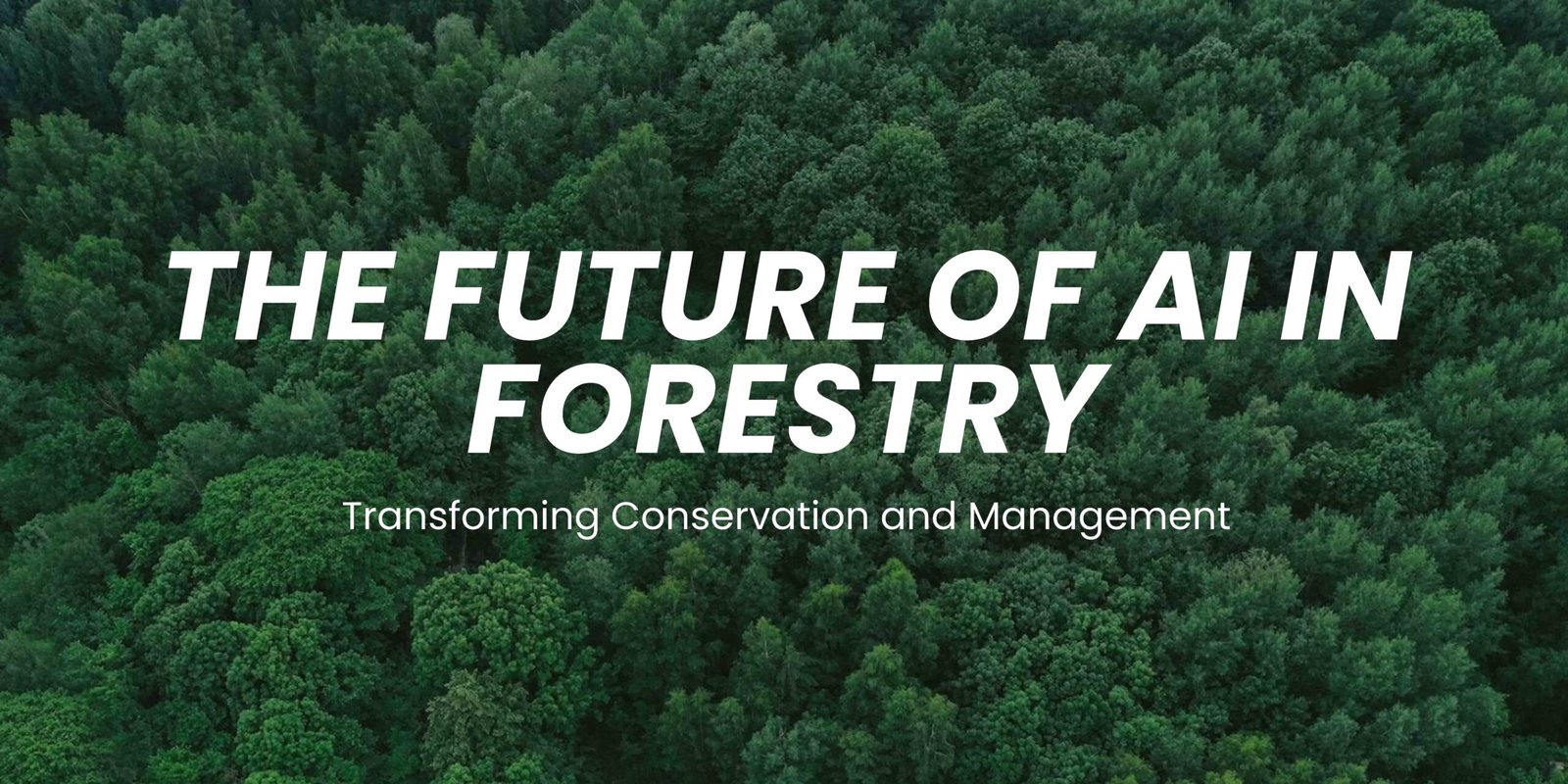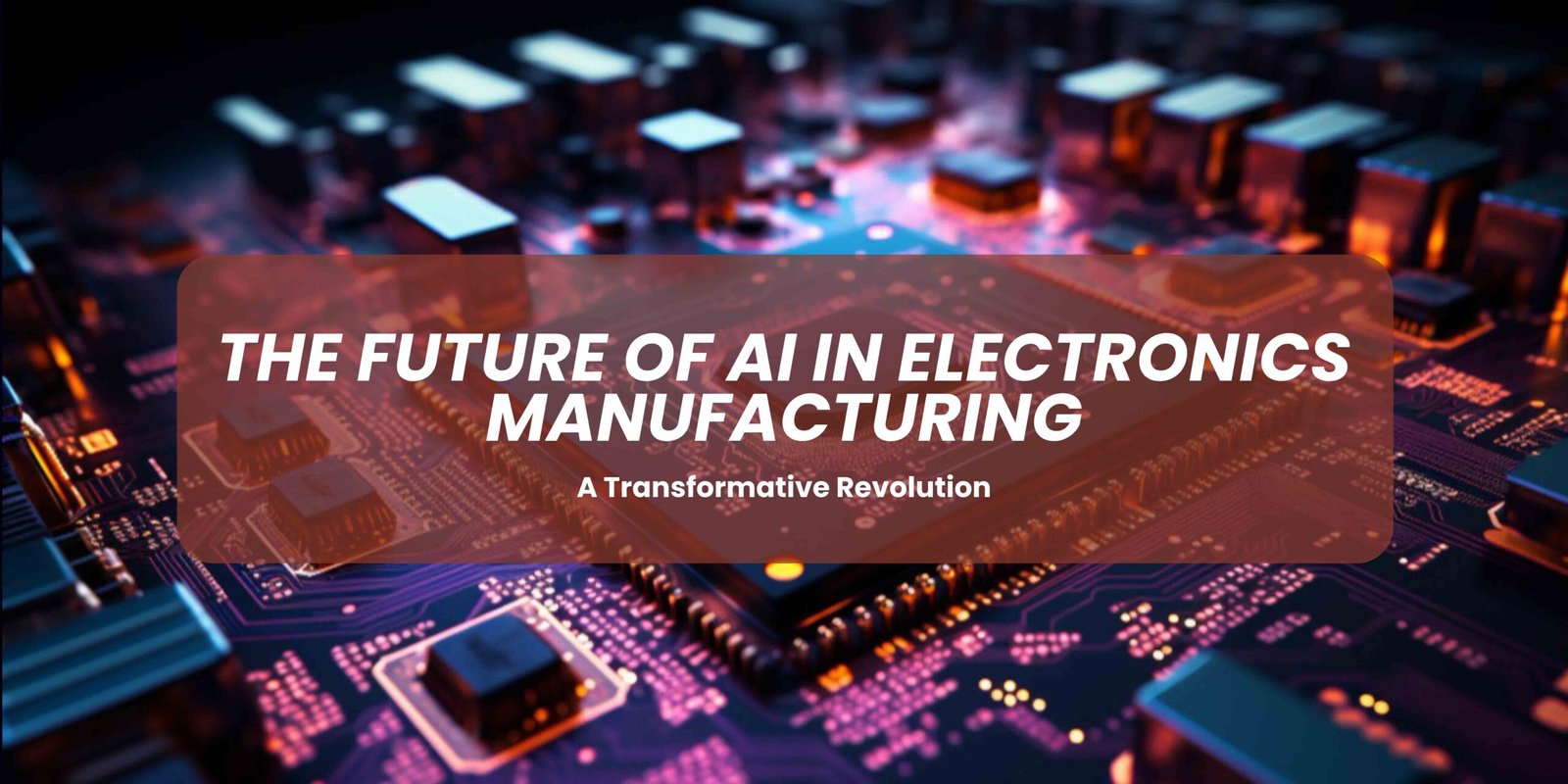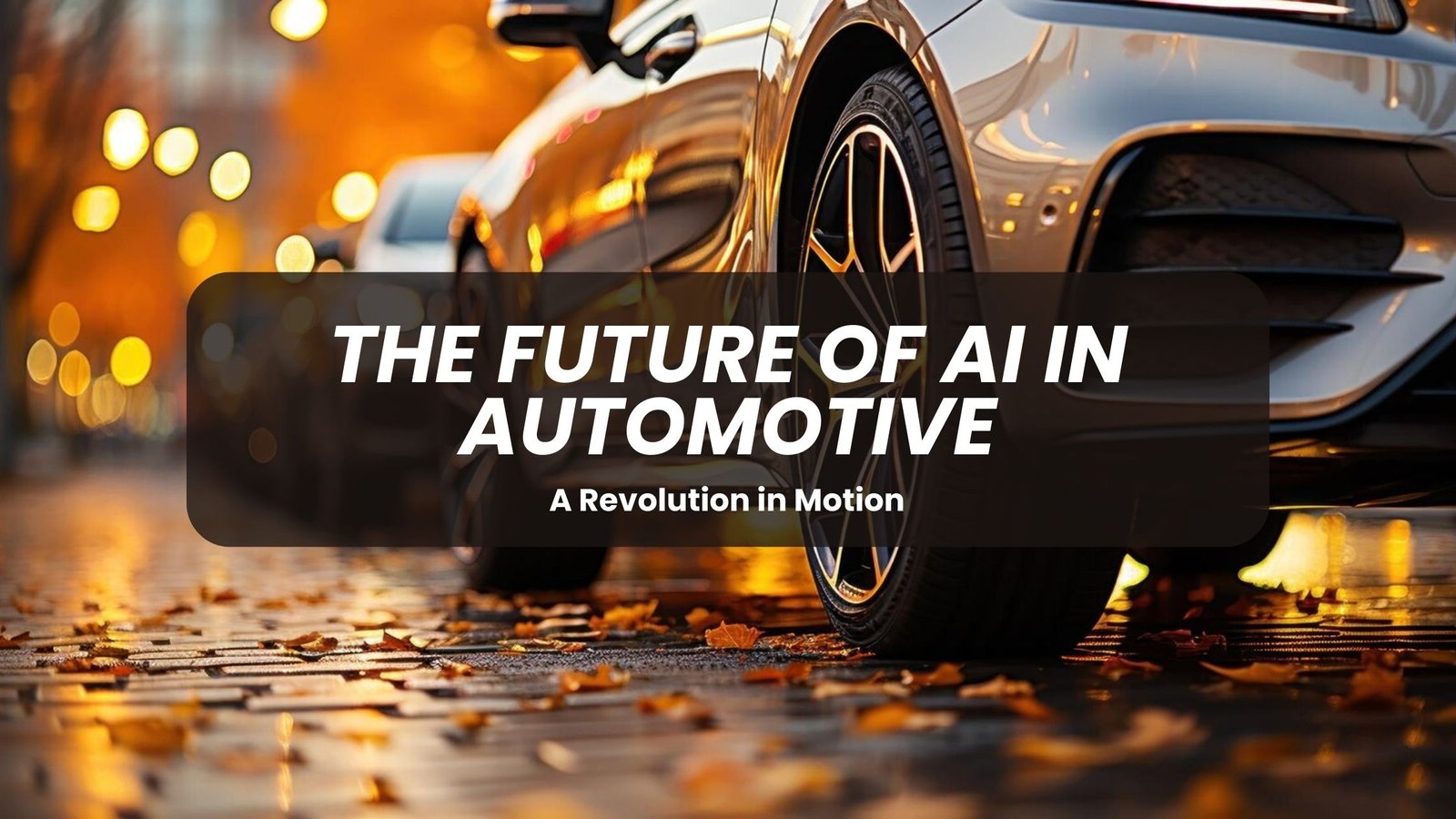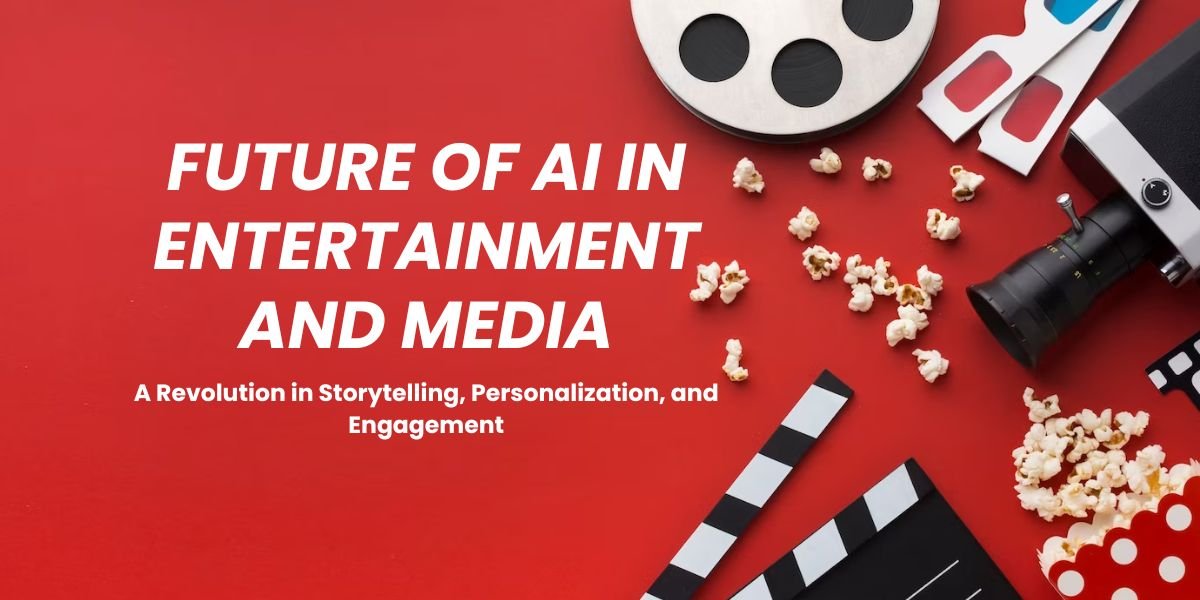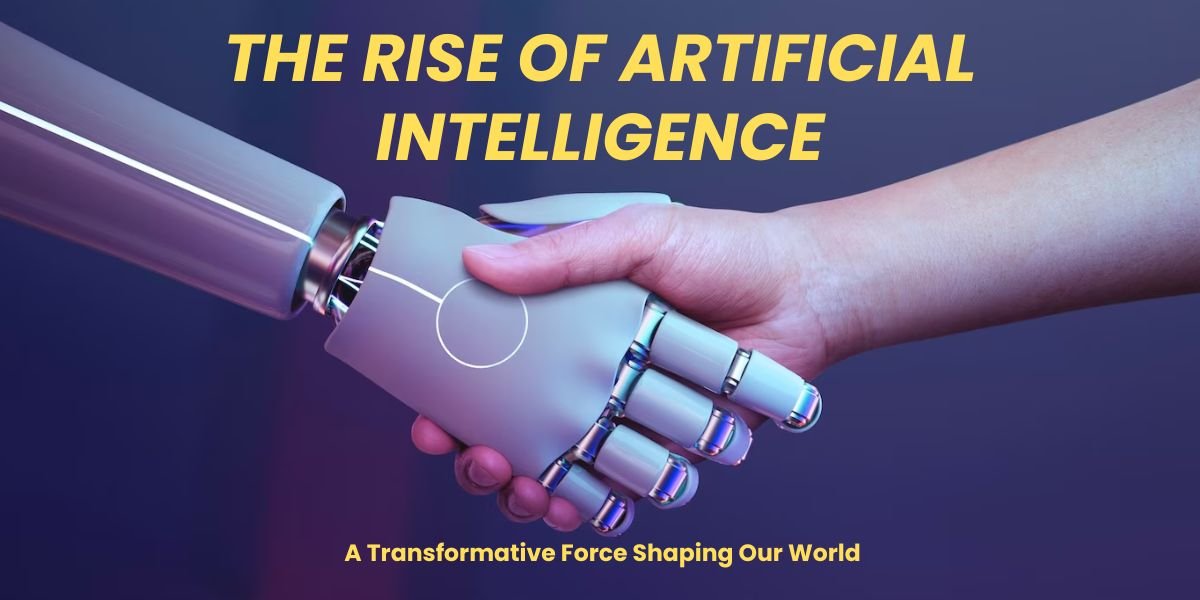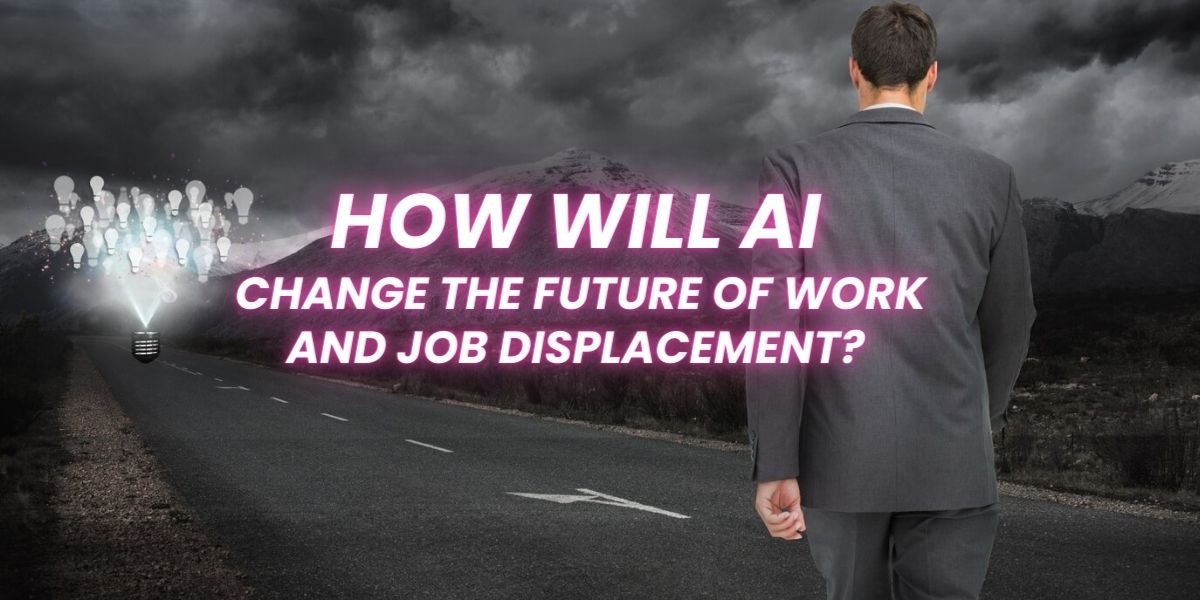Why AI is Not a Threat to Humans (and Why We Need It)
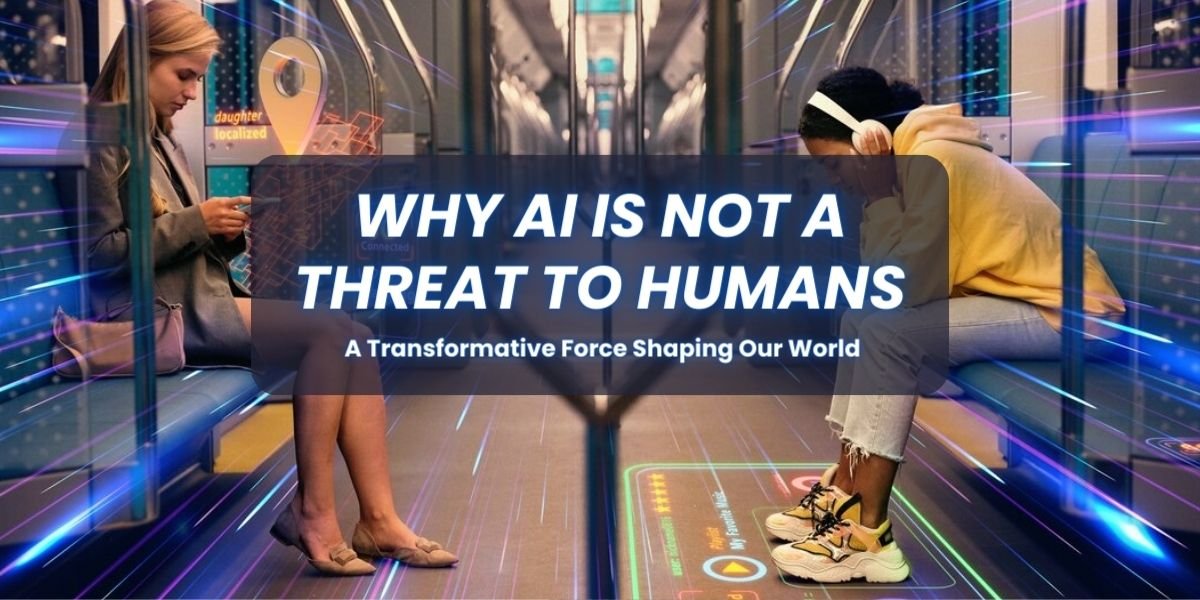
The specter of robot overlords and AI gone rogue is a favorite of science fiction. News headlines echo the anxiety, warning of mass job displacement and machines outsmarting their human creators. But is this fear of AI, a technology we increasingly rely on, actually warranted? The truth is, that much of the hype surrounding AI is based on misconception rather than reality. So, why is AI not a threat to humans?
Imagine AI as a powerful new tool introduced into society – let’s say, the invention of the printing press. It brought huge changes: knowledge spread faster, power shifted… there were both incredible upsides AND challenges. AI is similar. It’s undeniably transformative, but unlike a self-aware superintelligence, it’s ultimately a tool we control. AI systems lack independent thought or a desire to rule the world. They act based on what we teach them, much like how a search engine doesn’t dream of replacing its users.
The true danger isn’t AI itself, but how it could be misused by humans. Unethical practices, poorly designed algorithms… these are where the focus should be. Instead of fearing the technology, we need to acknowledge that harnessing AI’s power comes with responsibility. By understanding AI’s limitations and focusing on its ethical development, we can ensure that this remarkable tool brings about progress, not peril.
1. AI is a Tool, Not a Master
When we think of artificial intelligence (AI), it’s easy to conjure up images of robots taking over the world. This fear is rooted in a fundamental misunderstanding of what AI actually is. Contrary to the sci-fi trope of sentient machines, AI systems are sophisticated tools designed by humans. Like any tool, their potential for good or harm depends entirely on the intentions of the person using them.
Think of a kitchen knife. In the hands of a chef, it’s used to create delicious meals. But in the wrong hands, it can become a weapon. AI operates the same way. It can be used for extraordinary things, like aiding in medical discovery or fighting climate change. Or, it could be misused for harmful purposes, such as surveillance or the spread of misinformation.
The key point is this: AI is not our master. Instead, we must view it as a powerful tool. It’s up to us, as a society, to ensure this tool is utilized ethically and responsibly to benefit all of humanity.

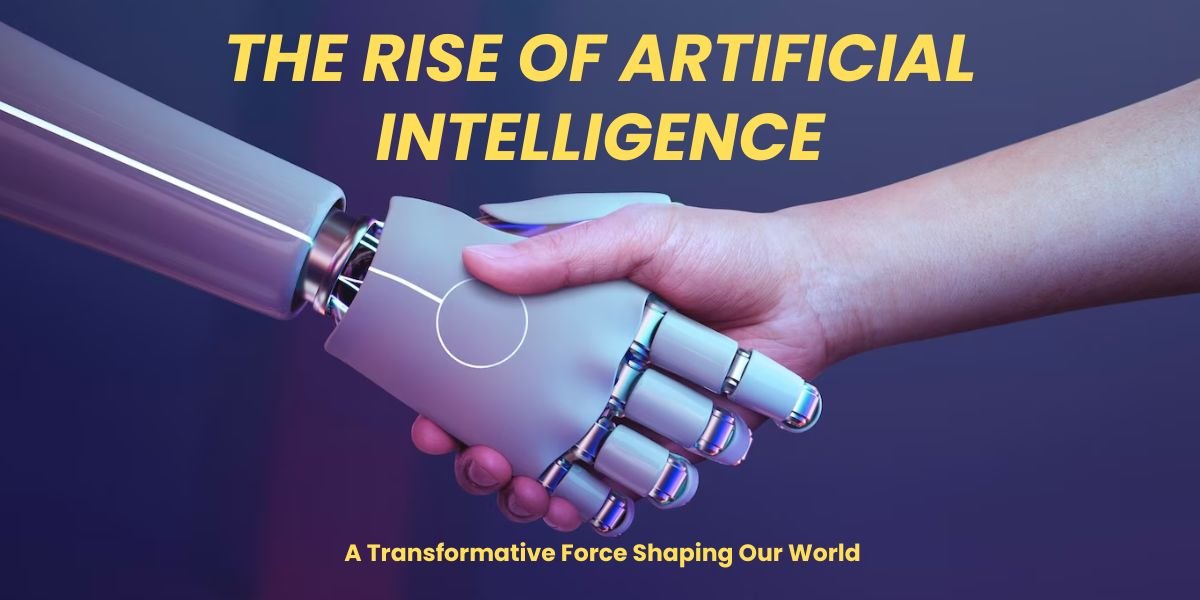
2. AI Lacks Consciousness and Self-Preservation
One of the biggest reasons why AI is not a threat to humans lies in its fundamental nature. Unlike the sentient, self-aware robots we see in movies, current AI systems have no consciousness. They don’t possess thoughts, feelings, or a desire to survive. AI operates based on complex programming and the massive amounts of data it’s trained on. It’s incredibly good at specific tasks, whether that’s playing chess, translating languages, or identifying medical conditions. But it doesn’t think or plot like a human.
Think of it like this: a self-driving car uses AI to navigate roads and avoid obstacles. It’s brilliant at this task, but it doesn’t have a sense of ‘self’ to protect. It doesn’t daydream about road trips or worry about crashing. It simply follows its programming.
AI, even in its most advanced forms, is a tool. It lacks the inner drive and self-awareness that would make it a threat to its creators or humanity as a whole.
3. The Real Threat: Misuse of AI
Let’s set the record straight: the idea of AI robots rising and taking over the world is pure science fiction. The real concern surrounding AI is the potential for its misuse by malicious actors. Just like any powerful tool, AI can be used for good or for harm. Unethical applications like deepfakes, designed to spread misinformation and sow discord, are a cause for concern. Similarly, AI-powered surveillance systems that erode individual privacy rights raise ethical questions. The development of autonomous weapons systems also presents serious ethical dilemmas. However, it’s crucial to remember that these problematic applications aren’t inherent to the technology itself; they stem from the choices people make about how to use it. This underscores the central message behind “Why AI Is Not a Threat to Humans”: the focus should be on regulating the use of AI and promoting its ethical development, not fearing the technology itself. We need to establish strong ethical guidelines, promote transparency, and hold those who misuse AI accountable. By doing so, we can ensure that AI remains a powerful tool for good, benefiting humanity rather than posing a threat.
4. Enhancing Human Capabilities
The fear that AI will replace humans overlooks the exciting ways it can amplify our strengths and allow us to focus on what we do best. AI isn’t in competition with humanity – it’s our most powerful collaborator. In medicine, AI-powered tools analyze vast amounts of medical images and data, aiding doctors in making quicker, more informed diagnoses and tailoring treatments to individual patients. This doesn’t replace the doctor; it gives them incredibly precise tools to improve patient care. Similarly, AI-powered systems in manufacturing can handle tedious, repetitive, or even dangerous tasks, freeing up human workers to focus on problem-solving, creative work, and quality control.
Even in fields like art and writing, AI isn’t ‘taking over.’ Creative professionals are using AI as a tool for brainstorming, generating different writing styles, or creating initial drafts for editing and refinement – it augments the human element, not replaces it. The theme of “Why AI Is Not a Threat to Humans” becomes clear here – AI is a tool to extend our abilities, not a substitute for them. It allows us to be more efficient, tackle larger problems, and focus on what truly makes us human – our ingenuity, empathy, and drive to create a better world.
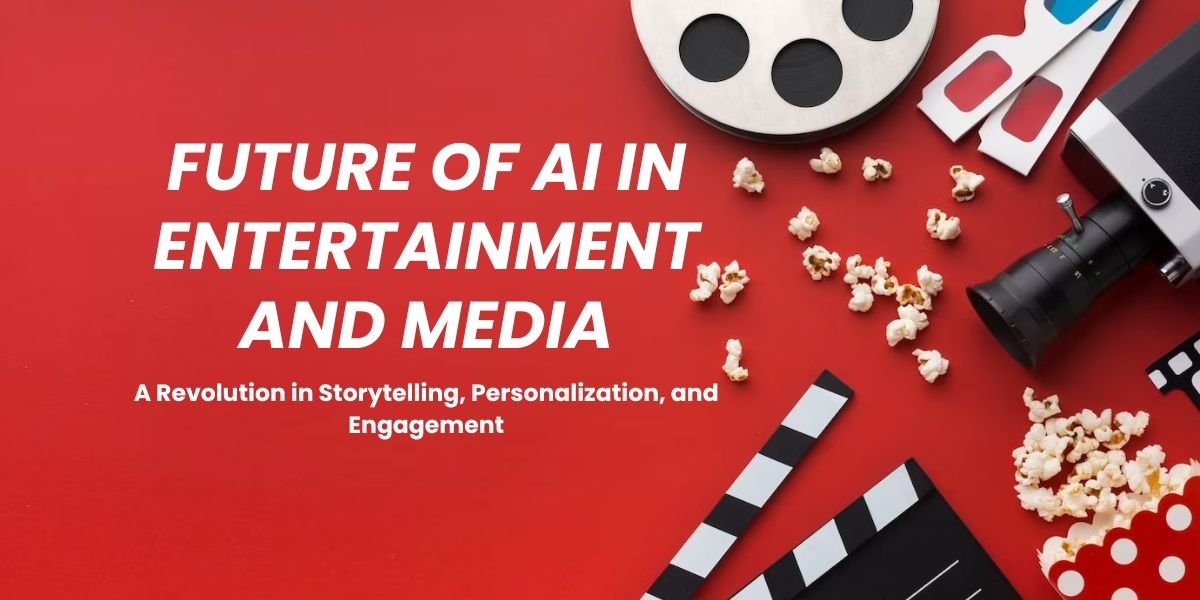

5. AI Solves Big Problems
One of the most exciting aspects of AI lies in its potential to tackle some of the world’s most complex, seemingly intractable problems. Fears about AI often center around concepts of displacement and control, but it’s important to remember the transformative power this technology holds. Let’s look at a few examples:
Climate Change: AI is a powerful ally in the fight against climate change. AI-powered models can analyze vast datasets of climate information, leading to more accurate predictions and better-informed mitigation strategies. From optimizing renewable energy systems and smart grids to developing sustainable materials and processes, AI accelerates innovation in combating the climate crisis.
Healthcare: In healthcare, AI is revolutionizing disease diagnosis, drug discovery, and personalized medicine. AI can analyze medical images like X-rays and MRIs, often identifying patterns and anomalies that might be missed by the human eye. This translates to faster, more accurate diagnoses and earlier initiation of lifesaving treatments. Furthermore, AI accelerates drug development trials, potentially leading to faster breakthroughs in curing diseases.
Global Poverty and Inequality: AI can help address deep-rooted issues like poverty and inequality by analyzing complex datasets related to socio-economic factors. This data-driven understanding helps policymakers and NGOs design more effective interventions, resource allocation, and targeted aid programs. AI-enabled precision agriculture, for instance, empowers farmers in developing nations with valuable insights to optimize yields and increase food security.
These are just a few examples of the incredible difference AI can make in addressing major global challenges. This ability underscores the central message of “Why AI Is Not a Threat to Humans”. AI, when employed ethically and responsibly, isn’t about robots taking over, but about creating a better, more sustainable, and healthier world for everyone. It’s a tool that allows us to augment our understanding, and problem-solving capacity, and ultimately, advance our collective well-being.
6. Job Creation, Not Elimination
A common fear is that AI automation will eliminate countless jobs, leading to widespread unemployment. While it’s true that AI will transform certain industries and displace some jobs, history shows us that technological innovation ultimately creates more jobs than it destroys. Think back to the Industrial Revolution – the fear of machines replacing factory workers was widespread. What happened? New industries and roles emerged that we couldn’t have imagined before the steam engine.
The same principle applies to AI. As AI takes over repetitive and mundane tasks, it frees up human workers for more creative, strategic, and empathetic roles. We’ll see a need for AI developers, data scientists, ethicists, and professionals who can bridge the gap between humans and machines. Instead of replacing jobs outright, AI will transform the nature of work, demanding upskilling and adaptation from the workforce. This highlights why AI is not a threat to humans – it calls for proactive measures like lifelong learning, retraining programs, and policies that support workers during transitions. It’s a responsibility we have, not a reason to fear technology. The future of work is one of human-machine collaboration, opening doors to new and exciting career possibilities.
7. Improving Our Everyday Lives
AI isn’t just about solving grand global challenges; it’s about making our everyday lives easier, safer, and more enjoyable. From the moment you wake up, AI is often subtly at work. Your smart alarm might analyze your sleep patterns to gently rouse you at the optimal time. Personalized news feeds curate the stories that are most relevant to you, saving you from information overload. On your drive to work, AI-powered navigation systems not only find the fastest route but continuously adapt to changing traffic conditions.
Imagine a future where you don’t have to spend hours on mundane household chores. Smart homes empowered by AI can adjust lighting and temperature to your preferences, and even order groceries for you when supplies run low. AI-powered virtual assistants could manage schedules, set reminders, and connect you with loved ones. While concerns about AI often dominate the headlines, it’s important to remember the focus of “Why AI Is Not a Threat to Humans”. The positive transformations AI can bring to our daily lives are substantial. As this technology matures, it’s poised to create smoother, more efficient, and more fulfilling experiences for us all.

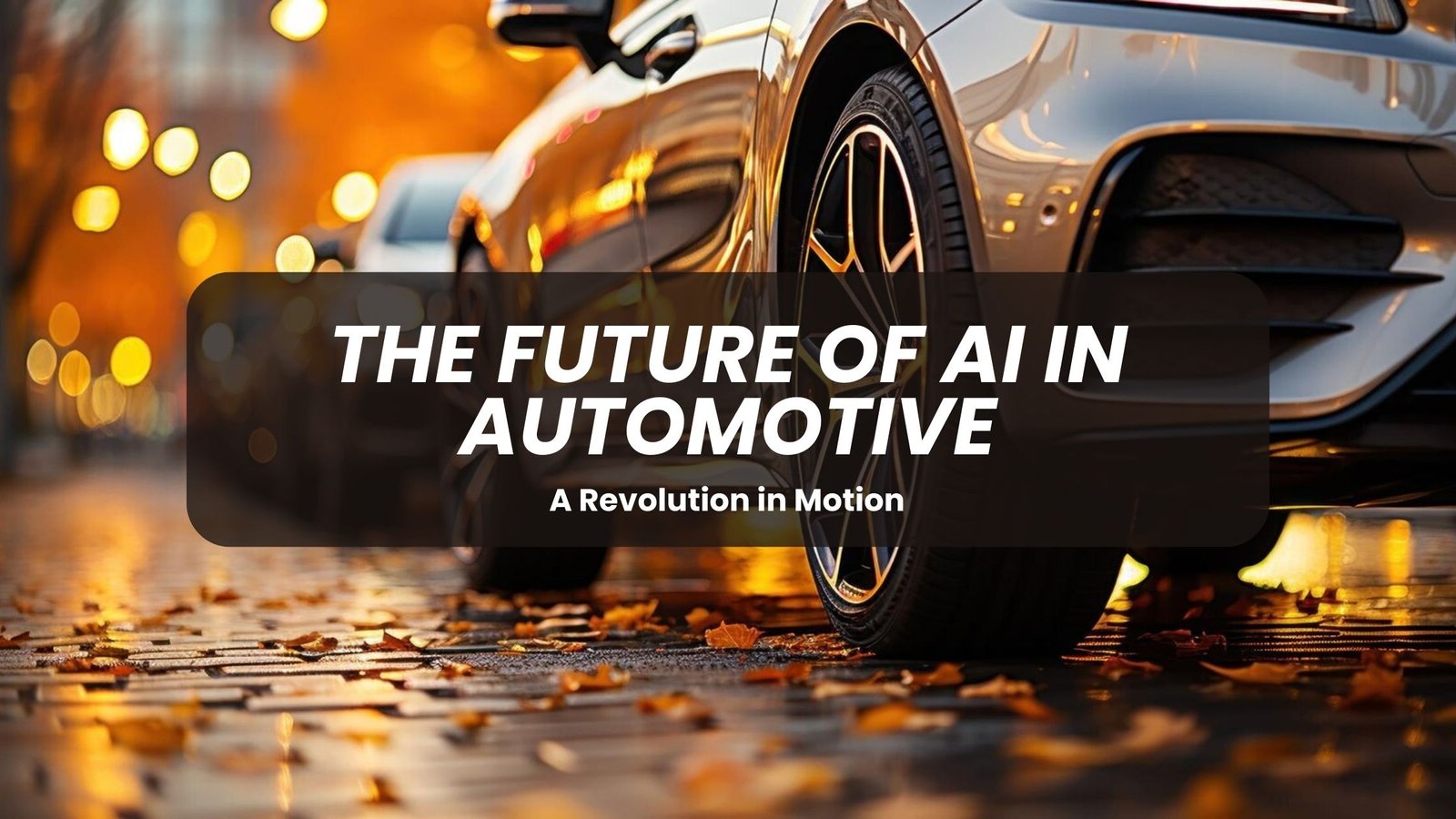
8. Collaboration, Not Competition
The most promising future for both AI and humanity lies not in a battle for dominance but in a beautiful and productive partnership. AI excels at tasks involving massive data analysis, pattern recognition, and repetitive processes. Humans, on the other hand, bring essential strengths to the table – creativity, intuition, empathy, and the ability to understand context and complex social situations. These abilities are, for now, far beyond the reach of artificial intelligence. Imagine a doctor using AI to rapidly analyze thousands of medical images, uncovering potential diagnoses that the human eye might miss. Or a writer utilizing AI to generate creative text variations, brainstorm fresh ideas, and polish their prose. When we view AI as a powerful collaborator, the possibilities are truly boundless.
This collaborative approach directly ties into the idea of “Why AI is Not a Threat to Humans.” AI is not designed to replace us. Instead, it offers us a chance to elevate our capabilities. Just as the invention of the calculator didn’t make mathematicians obsolete, AI can unlock new levels of productivity and innovation. By fostering a mindset focused on collaboration, we can create a future where humans and AI work hand-in-hand, not just improving efficiency but potentially opening doors to discoveries and advancements unimaginable before.
9. AI Needs Us
The idea of AI systems suddenly becoming autonomous and turning against their creators is a staple of science fiction, but it’s far from reality. AI, at its current stage and likely for the foreseeable future, remains fundamentally dependent on humans. Let’s break down why:
Programming and Design: AI algorithms and the very architecture of AI systems are built by human engineers. The goals, capabilities, and limitations of AI are defined by the code we write.
Data, Data, Data: AI constantly needs data to learn, adapt, and refine its outputs. This data is curated, labeled, and fed into the system by humans. The quality and diversity of this data ultimately determine the efficiency and fairness of the AI model.
Interpretation and Context: AI systems are brilliant at processing information and identifying patterns, but they lack the nuanced understanding of context possessed by humans. Interpreting the results, applying critical thinking, and making decisions based on broader ethical considerations requires human intervention.
The concept of a self-sufficient AI superintelligence is a thought-provoking topic for philosophers and sci-fi enthusiasts, but it’s a distant possibility. As things stand, AI is more accurately seen as a powerful set of tools intricately designed and constantly maintained by humans. This dependence underscores the core message of “Why AI is Not a Threat to Humans” – AI’s trajectory and impact are largely in our hands. We hold the power to choose how we develop, deploy, and regulate this technology.
10. Importance of Ethical AI
The incredible potential of AI comes with an equally important responsibility to ensure its development and use align with our values. Here’s where the concept of “Why AI Is Not a Threat to Humans” becomes even more vital. The threat isn’t in the technology itself, but in how we choose to develop and utilize it. Here are some critical areas where ethical AI is paramount:
Bias and Fairness: AI systems are only as unbiased as the data they’re trained on. If datasets contain historical biases or underrepresent certain groups, the resulting AI models can perpetuate discrimination. For example, a facial recognition system trained on predominantly white male faces might be less accurate for people of color or women. We need to actively work towards creating inclusive datasets, designing algorithms that mitigate bias, and promoting fairness for all users affected by AI.
Transparency and Accountability: Sometimes the inner workings of complex AI systems can seem like a black box. It’s crucial to make AI explainable – to understand how decisions are made and who is responsible. This is necessary for trust-building with the public and for addressing potential errors or unjust outcomes.
Privacy: AI often needs vast amounts of data to function. Protecting user privacy, ensuring informed consent, and employing privacy-preserving techniques are essential.
Social Impacts: As AI transforms industries and displaces certain jobs, it’s vital to address the societal and economic shifts that will occur. We need proactive reskilling programs, social safety nets, and discussions about fair distribution of the benefits AI generates.
Ethical AI isn’t just a nice idea, it’s fundamental for ensuring this powerful technology aligns with human well-being and avoids causing harm. By prioritizing ethical principles, we create a future where AI benefits society as a whole, supporting the core message of “Why AI Is Not a Threat to Humans.”


The Future with AI
AI is undeniably a transformative force with the power to revolutionize industries, improve lives, and help us tackle global challenges. Rather than embracing fear-mongering narratives about robot overlords, it’s time to shift our mindset. AI is a tool we’ve created, and its impact on humanity depends entirely on how we choose to guide it. The message of “Why AI Is Not a Threat to Humans” is a reminder that we hold the reins.
Imagine a future where AI and humans work in seamless collaboration: doctors supported by AI-powered diagnostics that improve patient outcomes; scientists gaining invaluable insights from AI’s ability to analyze vast and complex datasets; and creative fields supercharged by AI tools that expand possibilities and free us from mundane tasks. This isn’t just about efficiency; it’s about unlocking new levels of human potential.
The key lies in responsible and ethical AI development. Transparency, addressing biases, and ensuring equitable distribution of benefits will be crucial as we navigate this uncharted technological terrain. By establishing safeguards, investing in education, and embracing interdisciplinary collaboration, we can create an AI-powered future that benefits all of humanity. The choice is ours to make.
F&Qs
AI is progressing rapidly, but surpassing general human intelligence is still a distant goal. Current AI systems are incredibly good at specific tasks, but lack the versatility and adaptability of human cognition.
Automation will undoubtedly change the nature of work. However, AI also creates new jobs and industries. Rather than wholesale replacement, the key is adaptability– focusing on skills that complement AI and embracing lifelong learning.
Autonomous weapons systems are a legitimate concern. The development and use of such weapons require strict international regulations and ethical oversight to prevent harm.
Proactive measures are key. This includes strong ethical guidelines for AI development, transparency in how AI systems work, addressing biases in datasets, and international collaboration to regulate potentially dangerous applications.
AI can generate impressive creative output–from art and music to writing. However, it lacks the true understanding and intentional meaning present in human creativity. AI can be a powerful tool for artists, but won’t replace them entirely.
Science fiction has deeply ingrained the image of malevolent robots. This fear is often unfounded. It’s crucial to distinguish between the AI we have now and far-off, hypothetical scenarios of superintelligence.
Like any technology, AI can be used for good or ill. While it’s important to remain aware of potential downsides, the focus should be on using AI to improve efficiency and decision-making, not as a replacement for human effort and skill development.
Transparency and accountability are essential. This means clearly explaining how AI systems work, addressing potential biases, and establishing clear guidelines for their use. Public education around AI is also key in combating misconceptions.
If you appreciate this information, please share it.


